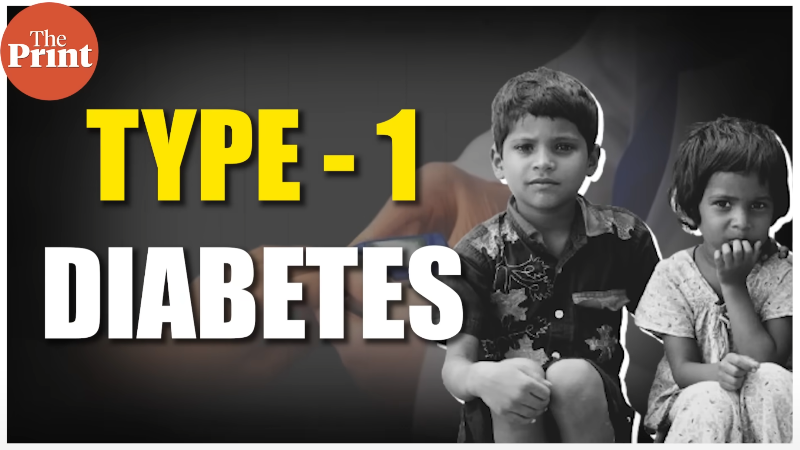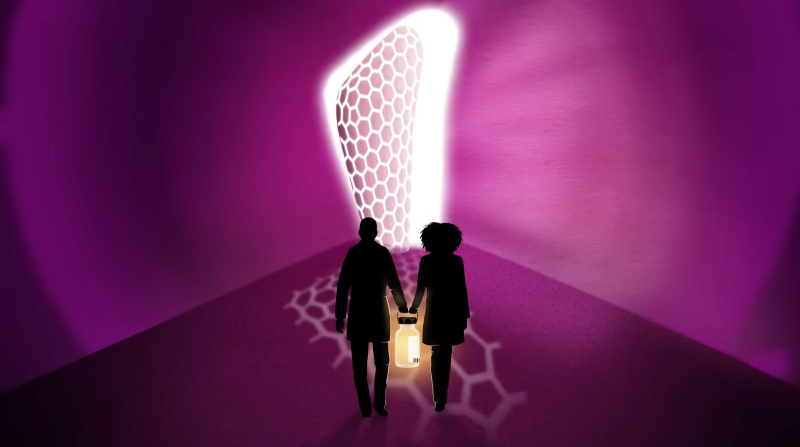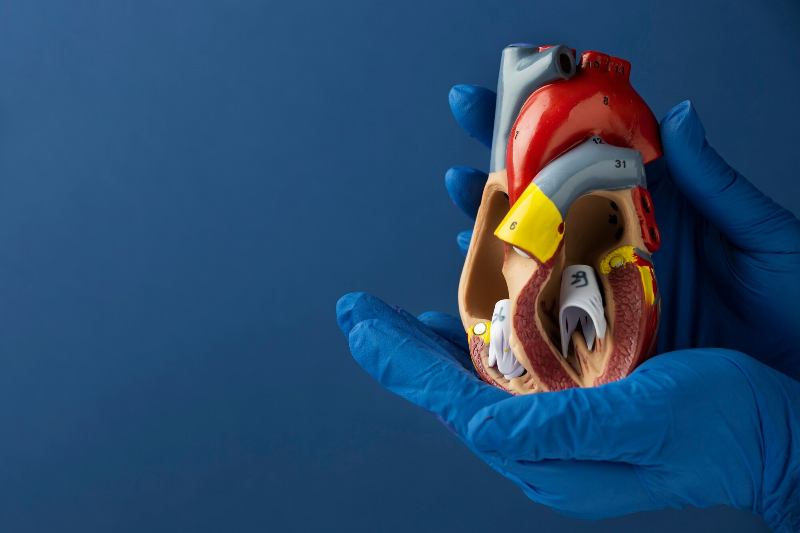By Fran Kritz
Fact checked by Angela Underwood
Key Takeaways
New chest pain guidelines remind people that heart attack pain can also occur in the shoulders, jaw, and arms.
Women may experience nausea and shortness of breath when they're having a heart attack.
If you're in doubt about what is causing your chest pain, don't wait to get care.
The American Heart Association (AHA) and the American College of Cardiology (ACC) recently released the first-ever guidelines for diagnosing and assessing chest pain. Some parts of the guidelines are intended for physicians while others are for patients.
The guidelines were authored by representatives from the AHA and ACC as well as cardiac specialists, cardiologists, emergency physicians, epidemiologists, and a patient representative. They were formally published in the journal Circulation in October.1
The New Guidelines
Chest pain that is a symptom of a heart attack can often be felt elsewhere in the body—but many people are not aware of this. According to new guidelines, people having heart attacks can also feel pain in their shoulders, arms, jaw, neck, back, and upper abdomen.2
“While that is not new information, too many people ignore chest pain to their detriment and so knowing what it can feel like is critical,” Martha Gulati, MD, division chief of cardiology at the University of Arizona College of Medicine and chairman of the guideline writing group, told Verywell.
Even though chest pain is the primary symptom reported for a heart attack and other cardiac issues, there are also times when chest pain is not related to the heart.
Still, patients likely won't be able to tell if the pain is heart-related or not on their own, and the new guidelines offer advice to physicians on what tests to order to determine the cause of a patient's pain.
Gulati said that “everyone should know the symptoms that can indicate a heart attack and that calling 911 is the most important thing to do to save their life or that of their loved one experiencing chest pain."
Is Chest Pain Always an Emergency?
Last year, when visits to the emergency room fell around the country, the AHA issued an advisory calling for increased public awareness about the urgency of calling 911 as soon as possible for anyone with heart attack symptoms.
Chest pain is always a reason to call 911.
— MARTHA GULATI, MD
Still, physicians are concerned that patients will continue to avoid their doctor’s office and the emergency room because they are afraid of contracting COVID-19, even if they are vaccinated.
Allen J. Taylor, MD, Chairman of Cardiology at MedStar Heart and Vascular Institute in Washington, DC, told Verywell that there are several reasons a person should call 911 if you or a loved one is having chest pain.
For one, trained ambulance staff can start monitoring you and convey that information to the hospital to help them prepare for your arrival. If you have not already done so, the staff can also administer aspirin to you (if they determine that it is safe to do so), which can help break up any blood clots that might have formed.
What This Means For You
People having a heart attack often have chest pain but they can also experience pain in other parts of their body, like their back and shoulder. Women, especially, are more likely to have other symptoms like nausea when they're having a heart attack. If you or a loved one is having chest pain, don't wait to seek emergency care.
Not All Chest Pain Is Heart-Related
According to the ACC and AHA, among all adults who come to the emergency department with chest pain, only about 5% have acute coronary syndrome (ACS)—which occurs when the blood supply to the heart muscle is severely reduced or suddenly blocked.2
More than half of people with chest pain are ultimately diagnosed with a non-cardiac reason for the chest-pain symptoms, including respiratory, musculoskeletal,gastrointestinal, psychological, and other causes.3
“Even if it’s not cardiac, it may still be life-threatening," Gulati said, citing the example of an "aortic aneurysm—a bulge in the blood vessel that carries blood to the heart."
For this reason, Gulati emphasizes that "all chest pain should be assessed."
Are Heart Attack Symptoms Different For Women?
The guidelines also address women and chest pain. While chest pain is the most frequent symptom of a heart attack in most people regardless of sex, women are more likely to also have other symptoms such as nausea and shortness of breath.
Goals for Doctors
The guidelines for doctors say the first goal in the emergency room is to determine if the person’s condition is life-threatening and if there is a need for tests and hospitalization. Based on the test results, a person who is at low risk for a heart event might be referred back to their primary care physician rather than be admitted to the hospital.
The guidelines also highlight the need for effective treatment while, at the same time, reducing healthcare costs when possible.
Another key component of the guidelines is the need for doctors to explain the recommended plan of action to patients and their families.
“When some people arrive in the emergency department with chest pain, they often won’t need additional or immediate testing, and the healthcare team should explain to the patient and their family the various initial tests and risk assessment and their risk level,” Gulati said.
Even if they are not having a heart attack, Gulati said that patients often "have additional concerns because they fear a heart attack or other severe cardiac event, which is understandable."
Hopefully, though, they will feel reassured once they see that medical professionals "have advanced tools that help us determine whether a cardiac emergency or severe heart event is likely or not," Gulati added.
The bottom line? If you’re having chest pain but you're not sure whether you need emergency care, it's better to seek it and be safe rather than sorry.
“Chest pain is always a reason to call 911,” Gulati said. “If it turns out not to be a heart attack, I’d rather laugh about it afterward than miss out on someone being helped.”







Post comments